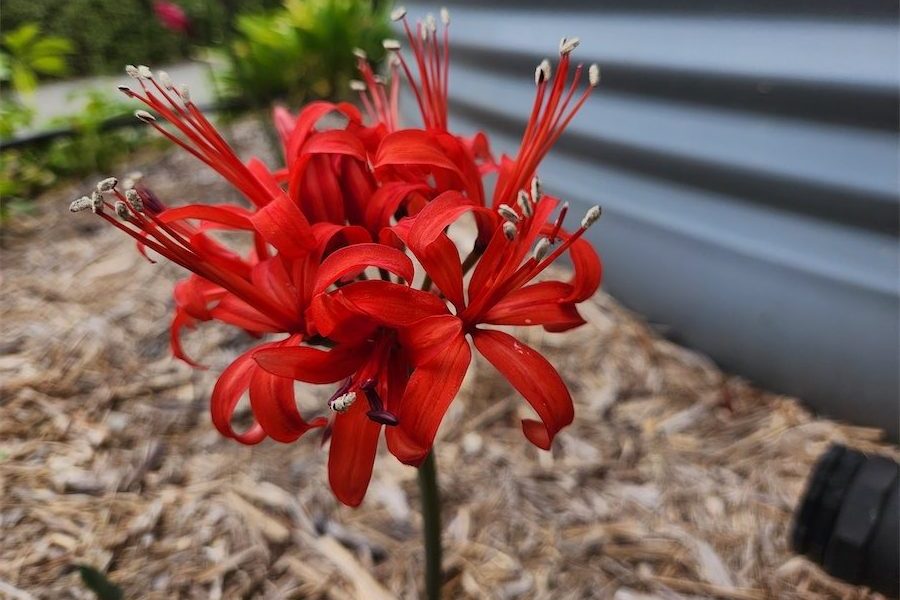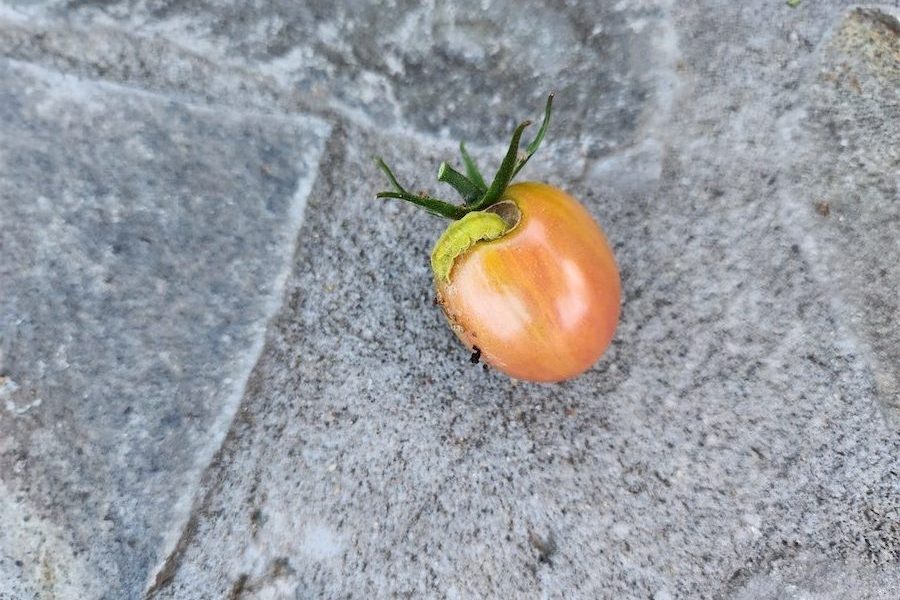
The foliage and leaves of autumn bulbs is a good indication that the soil is cooling, says gardening writer JACKIE WARBURTON.
The most popular autumn bulb would be the nerine. From the Amaryllidaceae family, it is low maintenance due to its growing period in the cooler months. It uses less water and is dormant in summer.

The most common colours and fastest-growing varieties are generally pink or white, but now there are vibrant reds available such as Red Rock or Red Pimpernel. Unfortunately, they are slower growing than their counterparts.
Different varieties of nerines flower at different times, so with clever planning, a constant colourful display can be achieved.
Nerines don’t like to be disturbed in the soil and flower better when mature and in clumps. Division is only required if flowering has deteriorated, or they are not in full sun.
Unfortunately, nerines have no fragrance but make it up in their beauty in the flowers.
They are a terrific cut-flower for the vase. Cut stems on an angle, using lukewarm water and flower food in a vase to give a display of indoor flowers for many weeks.
The foliage and flowers are not bothered by our frosts and can be a good filler in a bare garden in autumn through to winter.
Feed clumps of nerines when the flowers and foliage are growing to encourage flowering for the following year. Like most bulbs from this family, they like to be planted with their necks proud of the soil and grow well in pots.

ALL the extra rain has meant insects are prolific in the garden this year. Budworms, one of the most destructive and widespread caterpillar pests, are in plague proportions and need to be kept in check to prevent them spoiling produce.
As adults, they are moths and can easily be seen at dusk. There are two moth species, one native and one introduced, but both attack tomatoes, vegetables, roses, stone fruits and ornamentals.
It can be difficult to know the difference between the two species. Helicoverpa armiger (exotic) has white hairs around the head area and Helicoverpa punctigera (native) has black hairs.
The budworm has a short lifespan of a few weeks and several life cycles in one season and in that time can lay up to a thousand eggs. In our climate they can spend winter as pupae in the soil, emerging in spring when the average temperature is above 10C and can reproduce quickly.
Budworms do not proliferate overnight and first can be seen eating leaves, flowers before boring into fruit.
Removing moths is the best way to minimise the infestation and disrupt the breeding cycle.
There are also parasitic wasps available online that will lay eggs in the caterpillar and eventually kill this pest naturally. Diapel is another organic solution that will only affect caterpillars.
One of the best measures to keep this pest away is making sure that all outdoor lighting is a warm yellow and not bright white, which all nocturnal moths are attracted to.
Jottings
- Plant a green manure crop.
- Pull weeds that are seeding.
- Plant seedlings of lettuce and Asian greens for winter harvest.
- Fertilise winter flowering plants such as hellebores and winter Irises.
Who can be trusted?
In a world of spin and confusion, there’s never been a more important time to support independent journalism in Canberra.
If you trust our work online and want to enforce the power of independent voices, I invite you to make a small contribution.
Every dollar of support is invested back into our journalism to help keep citynews.com.au strong and free.
Thank you,
Ian Meikle, editor




![Teacher Vanessa Jones has been living in Higgins since 2001, and while she loves the area, she says she is “fed up” with the neglectful ACT government.
The Higgins shops have been completely abandoned, says Vanessa, preventing the opportunity for residents to have a community-centred space to socialise.
They only received bins nine months ago, she says, and requests for a water station and repairs to the bus station have gone unanswered.
“It’s very, very slow,” says Vanessa.
“I asked for the zebra crossing on Fullagar [Crescent] to be repainted, and we had to wait about six or nine months.
“That’s just such a long time… we pay a lot of rates.”
Vanessa says assistance from the government only seems to go to communities with time-rich and assertive communities, leaving places such as Higgins, where the majority of households have both adults working full-time and English may not be the first language of the family, at an automatic disadvantage.
“If you’ve got two people working, paying a mortgage, raising two or three kids, they don’t have the time,” says Vanessa.
Vanessa says the lack of attention quieter places such as Higgins is receiving is starting to look a lot like favouritism.
Read the full article on our website citynews.com.au
#canberra #canberranews](https://citynews.com.au/wp-content/plugins/instagram-feed/img/placeholder.png)
Leave a Reply